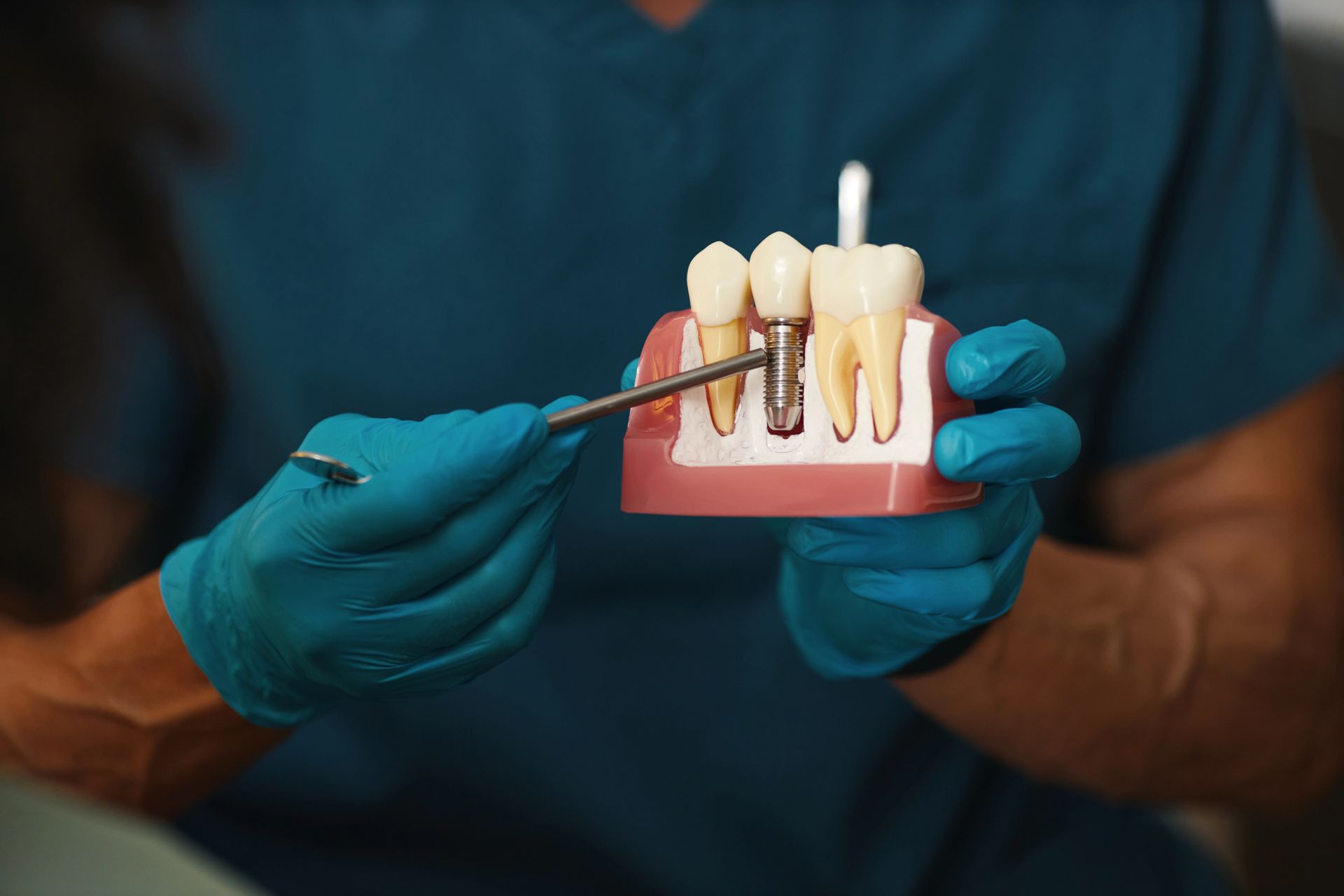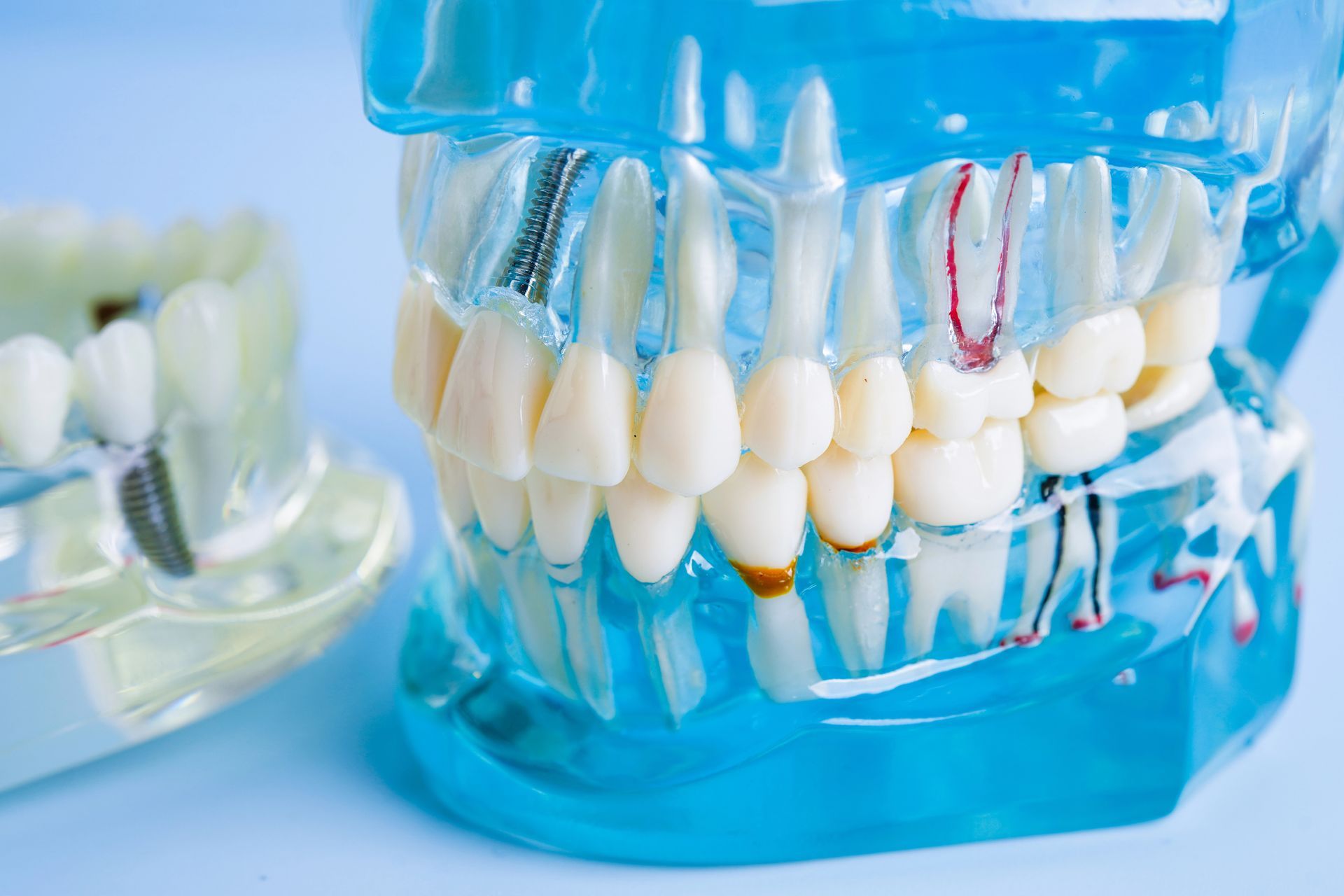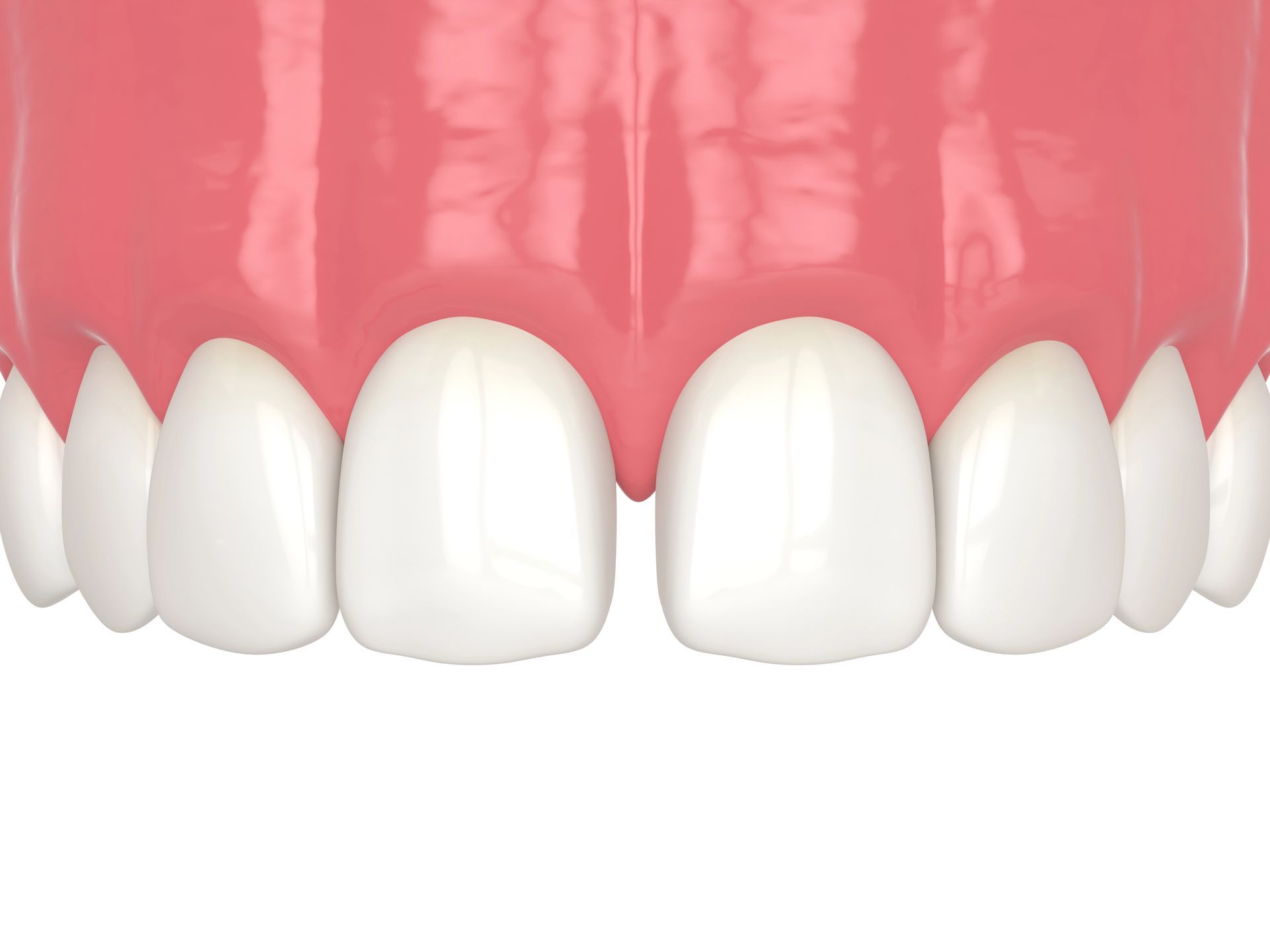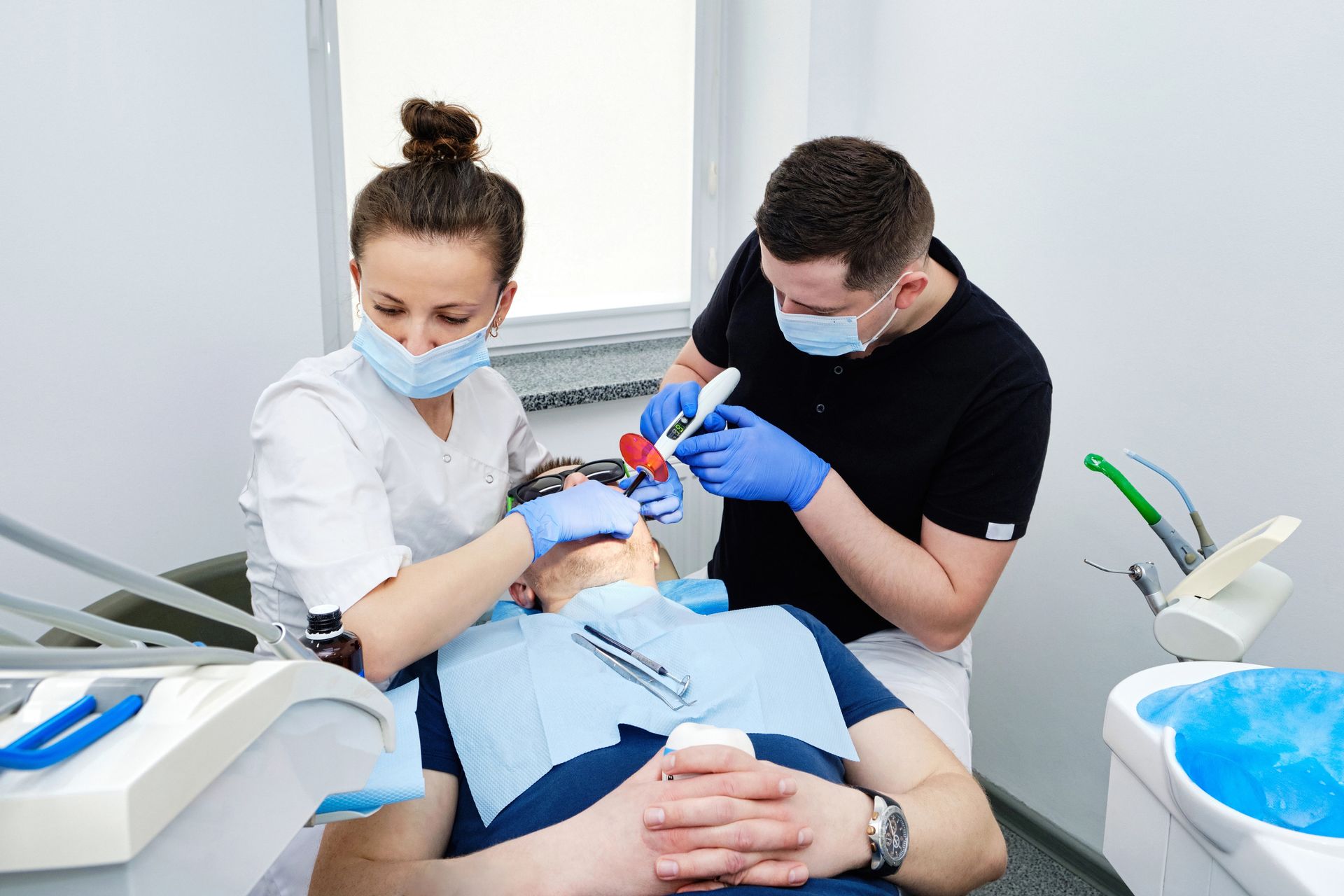Are you trying to decide between veneers vs crowns for your dental needs? Understanding the differences between these two options can help clarify which might be more suitable for enhancing your smile, as veneers typically cover the front surface of teeth while crowns encase the entire tooth.
Differences Between Veneers and Crowns
When considering dental enhancements, understanding the differences between veneers vs crowns is essential. Veneers are thin shells typically made of porcelain or composite resin that cover only the front surface of the teeth. They are primarily used for cosmetic purposes, such as improving the appearance of discolored or slightly misaligned teeth. On the other hand, crowns are caps that encase the entire tooth, providing structural support and protection. Crowns are often used when a tooth is significantly damaged or decayed, offering both functional and aesthetic benefits.
The choice between veneers vs crowns often depends on the specific dental needs and goals of an individual. While veneers are ideal for those looking to enhance their smile with minimal alteration to the natural tooth structure, crowns are more suitable for teeth that require extensive restoration. Both options have their unique advantages and can contribute to a beautiful smile. For those interested in exploring veneers further, you can learn more about Affordable Dental Veneers: Achieve Your Dream Smile Today.
Purpose of Veneers and Crowns
When considering the options of veneers vs crowns, it's essential to understand their primary purposes. Veneers are thin shells designed to cover the front surface of teeth, primarily used for cosmetic enhancements. They are ideal for addressing issues such as discoloration, minor chips, or slight misalignments, providing a natural and aesthetically pleasing appearance. On the other hand, crowns are more robust restorations that encase the entire tooth. They are typically used to restore the function and structure of teeth that have been significantly damaged or decayed, offering both protection and strength.
The choice between veneers vs crowns depends on the specific dental needs and goals of an individual. While veneers focus on improving the visual aspects of teeth, crowns are more about restoring functionality and durability. Both options have their unique benefits and can significantly enhance one's smile and oral health. For those interested in exploring veneers further, our Columbia Veneers Services provide additional insights into this popular cosmetic dental solution.
Material Types for Veneers and Crowns
When considering veneers vs crowns, understanding the material types available for each can be crucial in making an informed decision. Veneers are typically crafted from porcelain or composite resin, offering a natural appearance and durability. Porcelain veneers are known for their stain resistance and ability to mimic the light-reflecting properties of natural teeth. On the other hand, crowns can be made from a variety of materials, including porcelain, ceramic, metal alloys, or a combination of these. Each material type for crowns offers different benefits in terms of strength, aesthetics, and longevity. The choice between veneers vs crowns often depends on the specific dental needs and aesthetic goals of the individual.
Durability of Veneers vs Crowns
When considering the durability of veneers vs crowns, it's important to understand the fundamental differences in their construction and application. Veneers are thin shells typically made of porcelain or composite resin, designed to cover only the front surface of teeth. While they are effective for cosmetic enhancements, their durability may be less than that of crowns, which encase the entire tooth. Crowns are often crafted from materials like porcelain fused to metal, ceramic, or even gold, providing a robust solution for teeth that require more extensive restoration. The choice between veneers and crowns can significantly impact the longevity and resilience of your dental work, making it essential to weigh these factors carefully. For more insights into dental options, consider visiting Design Dentistry Columbia, your trusted Columbia Dentist.
Cost Comparison: Veneers vs Crowns
When considering the financial aspect of dental enhancements, understanding the cost comparison between veneers vs crowns is crucial. Generally, veneers tend to be less expensive than crowns, primarily due to the materials used and the extent of the procedure. Veneers, which are thin shells applied to the front surface of teeth, often require less preparation and material, potentially leading to lower costs. On the other hand, crowns cover the entire tooth and may involve more extensive work, which can increase the overall expense. However, prices can vary significantly based on factors such as location, dentist expertise, and specific dental needs. Therefore, when evaluating veneers vs crowns, it's important to consider these variables to understand the potential financial implications.
Aesthetic Outcomes: Veneers vs Crowns
When considering the aesthetic outcomes of veneers vs crowns, it's essential to understand how each option can transform your smile. Veneers are thin shells that cover the front surface of teeth, offering a natural appearance and are often used to address minor imperfections such as discoloration or small chips. On the other hand, crowns encase the entire tooth, providing a more comprehensive solution for teeth that are significantly damaged or decayed. Both veneers and crowns can enhance the visual appeal of your teeth, but they achieve this in different ways, depending on the specific dental needs and desired results. The choice between veneers vs crowns ultimately depends on the condition of your teeth and the aesthetic goals you wish to achieve.
Procedure Overview: Veneers and Crowns
When considering veneers vs crowns, it's essential to understand the basic procedures involved in each option. Veneers are thin shells typically made of porcelain or composite resin that are bonded to the front surface of teeth to enhance their appearance. The process usually involves minimal tooth preparation, where a small amount of enamel is removed to ensure a proper fit. On the other hand, crowns are more comprehensive restorations that cover the entire tooth, often used to restore function and strength to damaged or decayed teeth. The procedure for crowns generally requires more extensive tooth reshaping to accommodate the crown's thickness. Both veneers and crowns aim to improve dental aesthetics and functionality, but they differ in terms of coverage and the extent of tooth alteration required.
Maintenance for Veneers and Crowns
When considering veneers vs crowns, understanding the maintenance involved with each option is crucial for long-term satisfaction. Both veneers and crowns require regular oral hygiene practices, such as brushing and flossing, to maintain their appearance and functionality. While veneers are typically less invasive, they can be more susceptible to chipping, necessitating careful handling. Crowns, on the other hand, cover the entire tooth and may offer more durability but still require attention to prevent gum disease or decay at the base. Regular dental check-ups are essential for both veneers and crowns to ensure they remain in optimal condition and to address any potential issues early on.
Longevity of Veneers vs Crowns
When considering the longevity of veneers vs crowns, it's important to understand the differences in their durability and lifespan. Veneers, typically made from porcelain or composite resin, are designed to cover the front surface of teeth and can last anywhere from 7 to 15 years with proper care. On the other hand, crowns, which encase the entire tooth, are often crafted from materials like porcelain, metal, or a combination of both, and generally offer a longer lifespan, ranging from 10 to 30 years. The longevity of these dental restorations can be influenced by factors such as oral hygiene practices, dietary habits, and the material used. Understanding these aspects can help individuals make informed decisions when comparing veneers vs crowns for their dental needs.
Conclusion
Deciding between veneers vs crowns can be challenging, but understanding your needs is key. For more information, call 803-408-7163 or check out the reviews on Google Maps.










